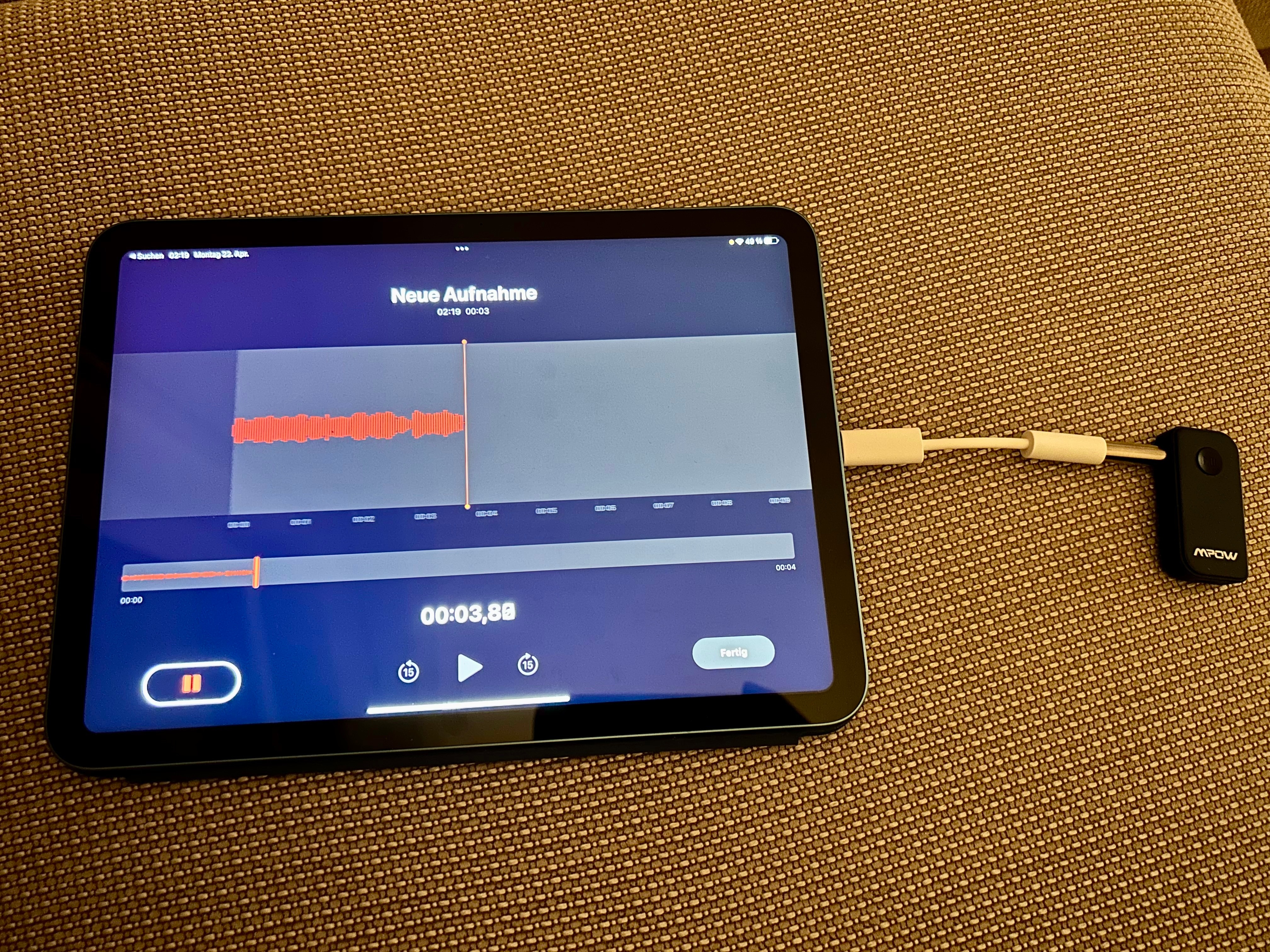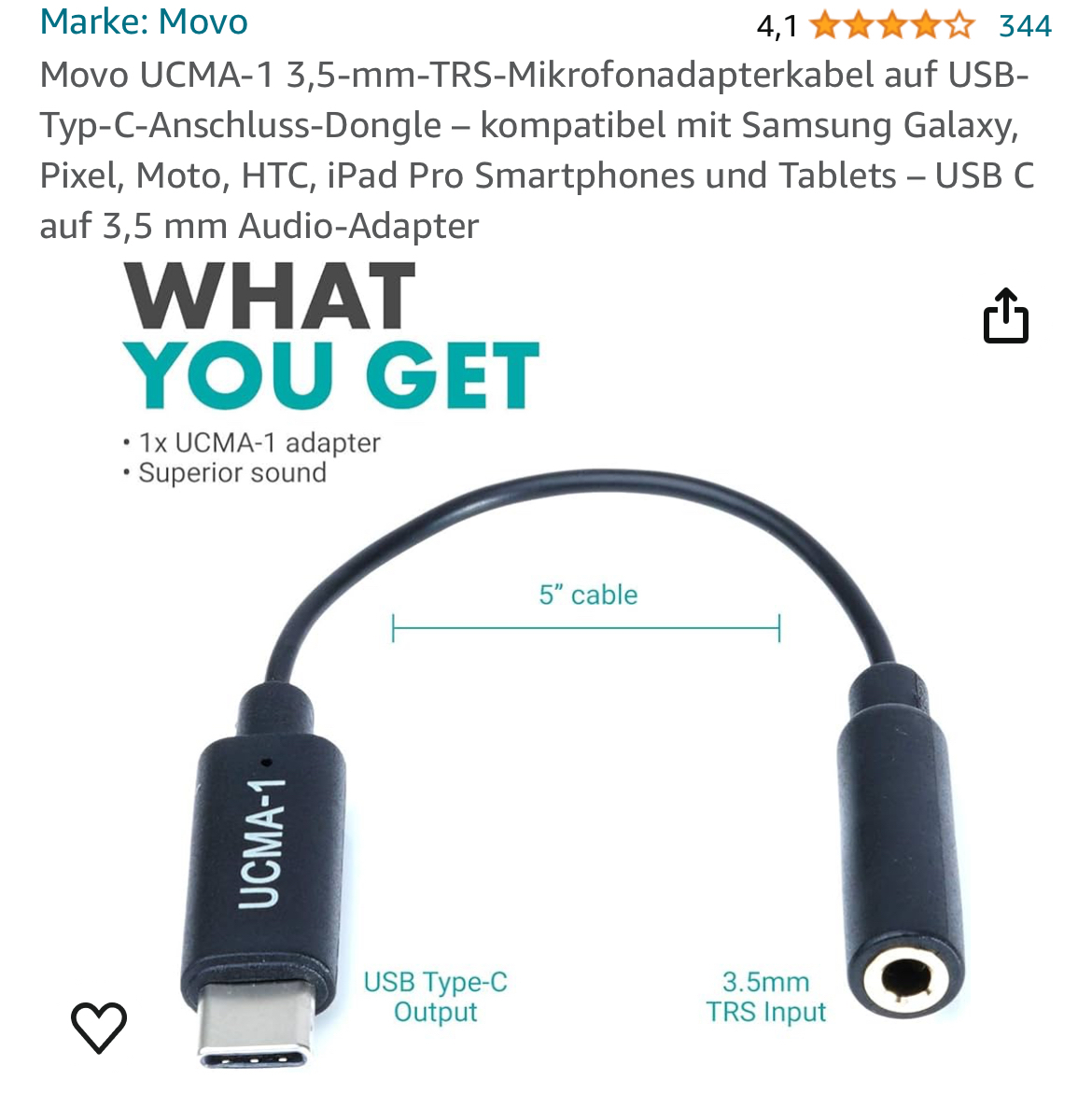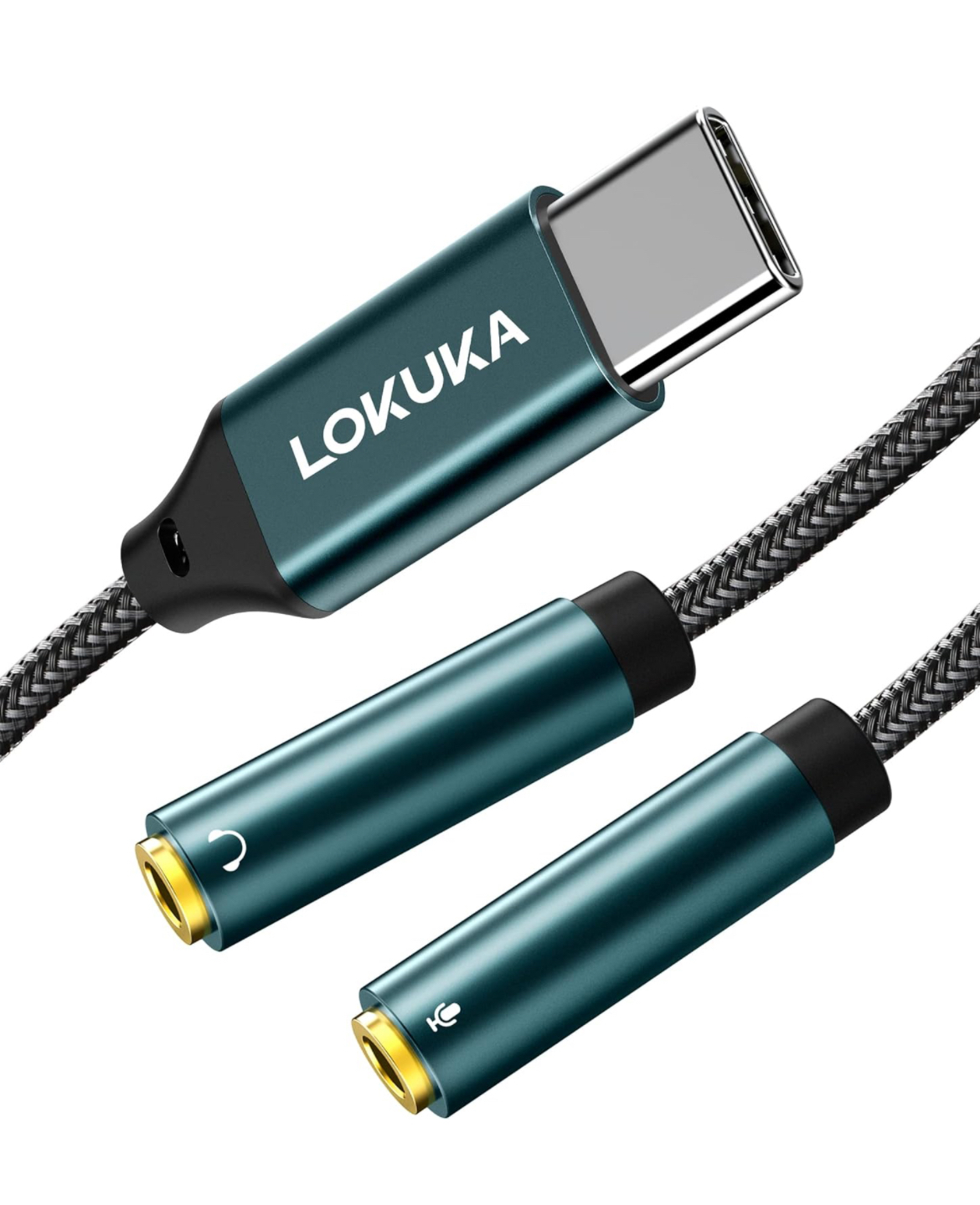Can the Sonos Line-in adapter be used on an iPhone/MacBook as an audio interface?
Essentially I’d like to replicate the Era-100/300 line-in option in iOS/macOS with the Sonos dongle.
Does anyone know if this works?
What does the Sonos dongle show up as in iOS/macOS if not an audio interface?
Thanks!




